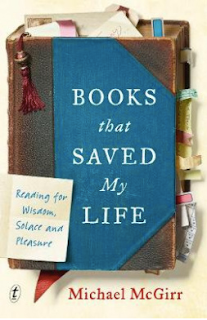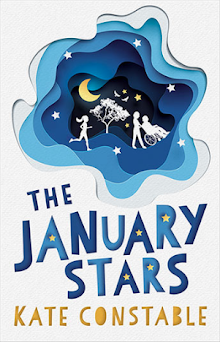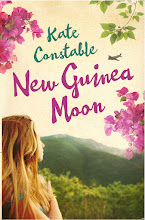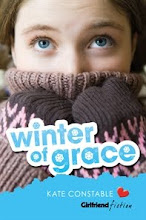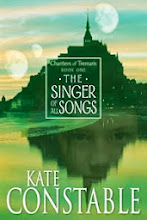I think I must have picked up almost all of Penelope Lively's children's books over the years, starting with my all-time favourite, The Ghost of Thomas Kempe, when I was about nine. So I'm not sure how 1976 Whitbread Award winner A Stitch in Time has eluded me for so long. I thought I must have read it at some point, but I couldn't remember any of the details of the book this time round, so maybe I hadn't!
It's pitched as a time slip story, but it isn't really. Solitary Maria comes to Lyme Regis (having recently watched Ammonite, I could picture this very clearly) on holiday with her parents, and becomes intrigued by a former Victorian-era inhabitant of their house, a young girl called Harriet, who seems have mysteriously disappeared before reaching adulthood. The creak of a lost swing, the bark of an invisible dog, a shadowy face glimpsed in a window, all provide clues into the past; but in the end, it's the present that Maria is able to fully enter, making connections with the boy next door and his family tribe, and making friends with her own mother.
A Stitch in Time is a very gently paced book, more of a meditation on the links between past and present than a true time slip novel. There's not much in the way of incident, but I enjoyed the atmosphere, the hints of humour and shy Maria gradually coming out of her shell. This is a sweet, quiet, comforting book.








